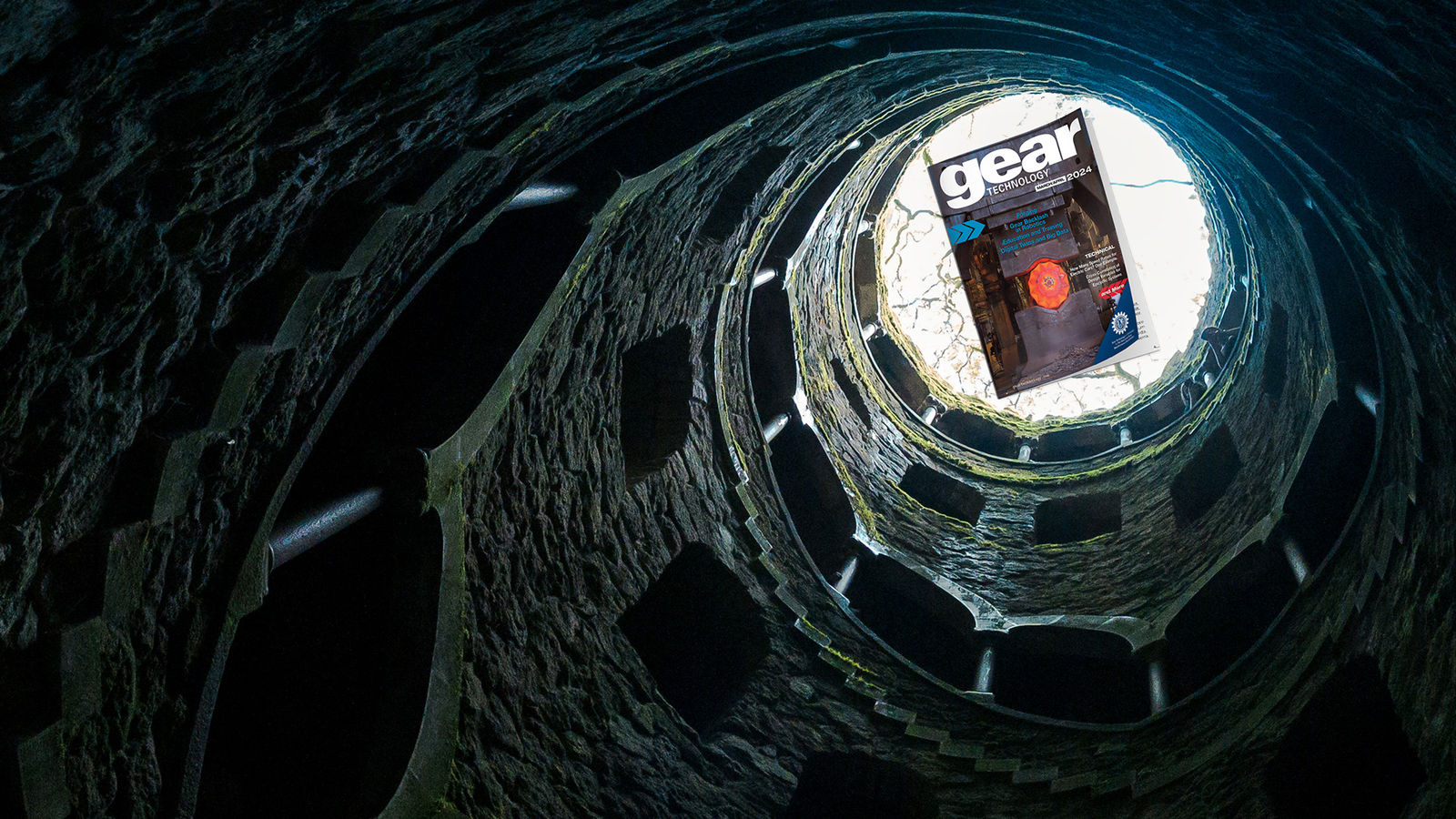Escaping the Dark Ages
The inaugural issue of Gear Technology marked a significant change in the industry. I was 13 years into my career, working at my third company and in my fifth year on AGMA’s Helical Gear Rating Committee. Back then, few engineers moved around; you started at a gear company, were indoctrinated in their way of doing things, and hoped to advance by making very incremental changes to the “old family recipe.”
Commercial gear design software was almost unheard of. If you were lucky, your organization had an “expert” who could write a custom program that incorporated the lessons learned in its collective experience. Otherwise, you drew the “short straw” and attempted to create your own code from AGMA standards and whatever reference books that you could round-up. In 1984, “personal computers” were quite primitive. A big upgrade for me was moving from an HP-9810 to an HP-9825S because it had upper- and lower-case text! Both machines relied on “magnetic strip” for memory and those were quite limited in capacity.
The introduction of desktop computers created a demand for well-tested software. For an engineer to use commercial software, they had to break out of the “silo” thinking that caused every organization to think their “recipe” was the best way to design gears. My committee work and job transfers, along with hating to write software, positioned me to be an early adopter. I am forever grateful to my supervisor at Cone Drive in Traverse City, MI, for making me serve as their AGMA representative. In early 1979, I was by far the youngest member of that committee. Upon my “retirement” from committee work in 2016, I was one of the old timers. In many ways, this was like a graduate seminar with some of the greatest minds in the industry.
There is an old saying that ‘You don’t know what you don’t know.’ For me personally, my real education as a gear designer began on the Helical Gear Rating Committee. To avoid testing the patience of the sages, I had to find many obscure reference books and study them. This required opening my mind to methods and technology that did not line up with the old family recipe.
When that first issue of Gear Technology hit my desk, I devoured it cover to cover. If you were not careful, the magazine tended to disappear. Many offices had a distribution list for a circulating copy. Frequently, the ideas described were hotly debated by traditionalists. Not all the resistance was “commercially” related; American companies were highly invested in through hardened gearing and some early adopters of surface hardened gears were “burned” by a poor understanding of how different the designs had to be.
For example, the early 1980s were a boom time for the oil industry. Any gear shop that could make drill rig or pump jack gearboxes was running flat out. Imported product was viewed with skepticism; “hard gears” theoretically allowed for a massive reduction in size and weight. A typical API-320 pumpjack speed reducer was the size of an office desk; the case hardened “import” was the size of a suitcase. According to the ISO rating methods, they had the same “capacity.” Unfortunately, the impact loading inherent with the application did not understand mathematical equivalency and teeth on the smaller drives quickly broke off. As late as 2015, I encountered oil patch veterans who remained uncomfortable with carburized gearing.







